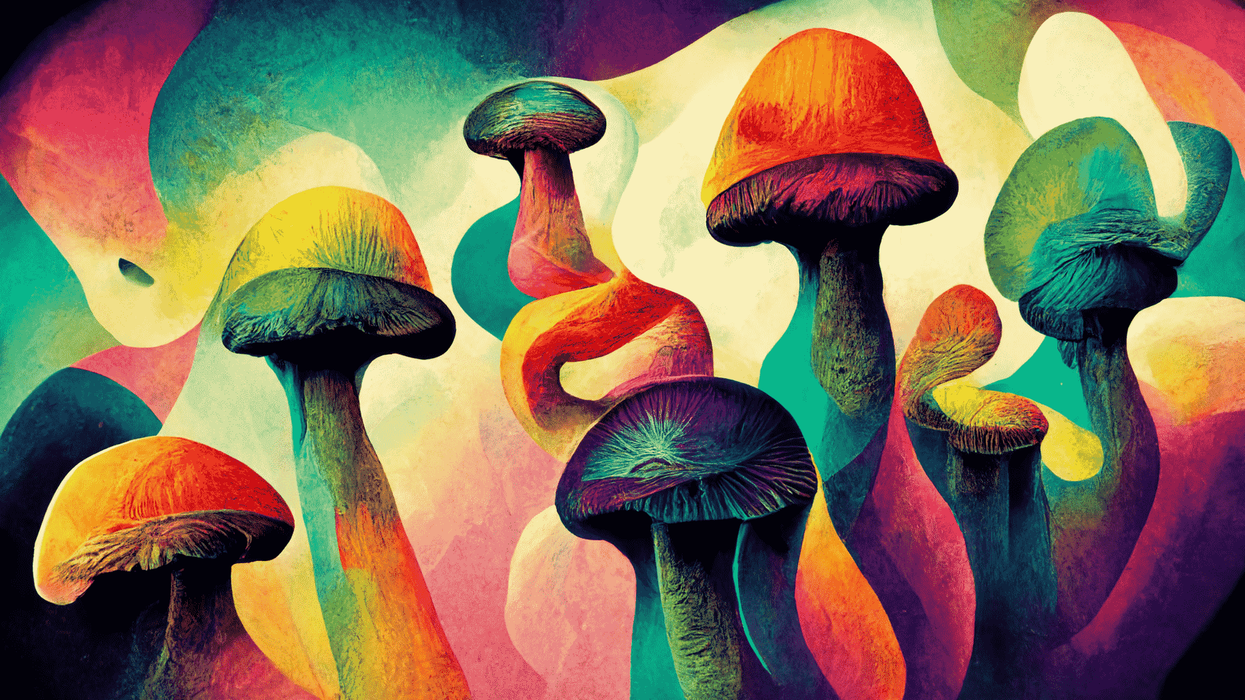It was probably 3 a.m. The fire was burning bright and hot. Tobacco was being offered in prayer, and a story was being shared.
The medicine man was telling us about when he was younger, sitting in ceremony with one of his elders. It had been a traumatic night with the medicine — he had been rolling around in agony, the medicine squeezing and squeezing him.
The elder got up from his hammock, came over, and softly asked:
“Do you want to be good? You wanna live well?”
“Yes,” was the painful reply.
“Then let it go. Let go of the past. It doesn’t matter anymore. It has no purpose here.”
That story was shared with us during our ceremony — to stop dwelling on the past, to stop holding on to what has already occurred. To be truly free, we must come back to the present.
But that, of course, requires discipline.
To be truly free, you need to be disciplined.
I looked into the fire, kneeling and listening to the prayers being offered. I took a deep breath and silently said, “Let it go. It doesn’t matter anymore.”
In that moment, I was letting go of guilt, of regret, of identities I had built up as protection. I was releasing the weight of my military past, my mistakes, the pain I thought I had to carry to be strong.
It was a powerful moment — one of many. But a moment that, combined with the words of someone more experienced — an elder — and aided by silence, allowed me to look at myself, sit with myself, be humble and grateful.
It’s moments like these that make all the ceremonies worth it.
Where Are the Elders in New Age Psychedelic Culture?
Many aspects of modern psychedelic culture — especially those rooted in New Age spirituality — have emerged through the explosion of online social accounts and by cherry-picking from Indigenous wisdom, cultures, and ceremonies.
These movements often lack foundation, structure, and a clear objective.
You could say it’s almost like a bacteria that knows nothing else but to consume.
It’s a quick fix — accessible, comfortable, colourful, shiny — but from the inside out, it lacks true direction or integrity.
And it’s dangerous.
We see people mixing medicines with no understanding of interaction.
Online facilitators are building personal brands around sacred practices and turning ceremony into spectacle.
Communities are exploited. Plants are overharvested. Traditions are repackaged and sold.
The spiritual codes of conduct — like UMIYAC’s Code of Ethics — are ignored, which leads to consequences: spiritual disorder, emotional instability, and even physical harm.
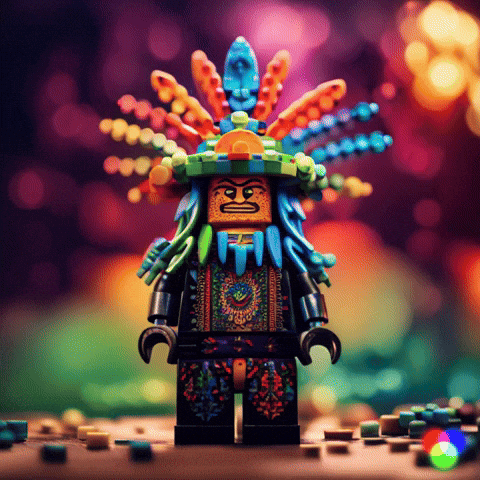
Ceremonial Fillers & the Ego Trap
One way modern spiritual culture interferes with the healing power of plant medicine is by appropriating traditional ceremony structures and filling them with distractions — because the facilitators don’t understand how the ceremony actually works. So they add fillers.
Here in Colombia, there’s a joke about people who use "Taita Sony" — they rely on their best medicine playlist and fill the ceremony with music and distractions.
My elders say that when you fill these spaces with sound, content, or “things” that have no real place in ceremony, you are avoiding the silence. And in that silence is where the medicine speaks.
You’re not truly sitting with yourself.
You’re not elevating a prayer or entering into sacred meditation.
You’re just distracted.
And that’s where the ego pops up.
It’s easy to get carried away in ceremony. Especially once you start stepping into service
People begin singing and get praised for how beautiful they sound.
They start collecting feathers, chumbes, necklaces, and wearing regalia proudly.
They keep count of how many ceremonies they’ve done — and make sure to drop it in conversation.
I’ve felt that too. I’ve felt the validation when someone tells me I sang well. Or when they’re impressed by how many times I’ve sat with the medicine.
But that’s when I know I need to pull myself back.
In our ceremonies, we’re taught:
- Never sing louder than the medicine person.
- Never dwell in self-absorption.
- The fire is the one that should shine — not you.
We take care of each other.
How? By gently — or sometimes not so gently — pulling each other back down to reality.
It’s not to put each other down—it’s protection.
It’s about walking slowly and humbly.
It’s easy to get lost in the light.
The Apprentice: Humility Before Healing
In some cultures, it takes a minimum of twenty years to be able to serve medicine. Yet everyone wants to be a shaman.
One of my elders once told me a story about a young man who started drinking medicine and said to the medicine man,
“I want to be a healer.”
The medicine man replied,
“Okay. Work the fire (be the ceremonial fire keeper) for five years, and we’ll see.”
The young apprentice chopped wood for every ceremony, made sure it was dry, and kept the fire burning hot.
Five years passed.
“You still want to be a medicine man?” the elder asked.
“Yes,” the apprentice replied.
“Okay,” said the elder. “Work the fire for another five years.”
Another five years passed.
After ceremony, the elder asked again,
“Do you still want to be a medicine man?”
The apprentice paused and said,
“No, I don’t.”
The elder responded:
“Here it is. Take it — the medicine, the altar. It’s all yours. You’re ready.”
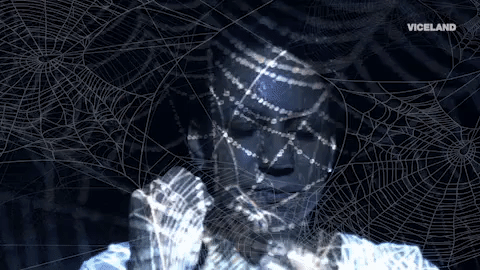
The Real Work: Service Over Self
These are things you won’t understand after 5 or 10 ceremonies.
The mind might say,
“I want to be a healer. I want to be a shaman.”
But these kinds of thoughts can be tests from the medicine.
As Cofán native Alex Lucitante shared in my interview with him on The Way of Life:
“Now we see a lot of people coming to our territories. They take the medicine, and just as they begin to see a vision, they start calling themselves Taitas (shamans) claiming they’ve seen everything, that they know everything. In their minds, they’re enlightened.
Enlightened, yes — but only for themselves. Not in a way that allows them to truly share, let’s say… the energy or the knowledge of the medicine.
A lot of times, inside of us, there’s confusion. We say things like, ‘I look good. I’m a master healer. The medicine has shown me I can now help.’ But in reality, those are just tests from the medicine—tests about the way we’re thinking and our personal ambition.”
Most people sitting behind a traditional altar never wanted to be there.
Because the further you go on the medicine path, the more you realise the immense responsibility it carries.
It’s not just about singing songs or looking good in ceremonies.
It’s about holding spiritual and energetic space.
It’s about navigating realms, protecting people’s spirits, and aligning yourself with deep prayer.
That’s why we need elders — and why we need to listen to them.
They’ll tell you, “I never wanted to sit here. But here I am.”
And through their example, we learn that this isn’t a race.
You can’t buy decades of knowledge and experience in a three-month “shaman training” course.
You can’t pay $8,888 for deep relationships with plant spirits, the spirit of fire, or water.
These relationships take decades to form, to study, to understand how they move and work in this dimension.
Yes, personal healing is a part of the journey — but if that’s all you focus on, you risk getting stuck in your story.
This individualistic obsession becomes its own trap. True healing moves us into service, into relationships, into caring for more than just ourselves.
Don’t Walk Alone: Why We Need Elders
When I first arrived in Colombia in 2010 and began drinking medicine, I had no idea that 15 years later I’d be writing this article.
But I’m thankful for the teachings I’ve received. I’m grateful that I had the humility to listen.
Elders have shown me that this path isn’t about becoming someone.
It’s about becoming no one.
It’s about becoming available.
Deep listening brings you to the understanding that it’s not all about you and your healing journey.
It’s about offering prayers — for people in need, those incarcerated, loved ones who have passed, our ancestors, the elders, the children, the water systems, and all our relations, our Mother Earth.
This is why we go to ceremony — to pray, to envision, to meditate on a better life, a better world.
Don’t make it about your “light code ascension course” or your cacao circle that you loosely call a Mayan ceremony.
Make it count.
Be real.
Go touch the Earth.
Say, “Thank you, Mama, for all that you give me.”
Light a fire.
Form a relationship with that spiritual force.
Plant a seed in the Earth.
Plant a new seed in your mind — one of humility, reverence, deep listening, compassion, and love.
This is why we eat plants.
This is why we listen to our elders.
This is why we do integration.
To be good.
To live well.
This article was originally published in Tripsitter. Author: Bobby Wade
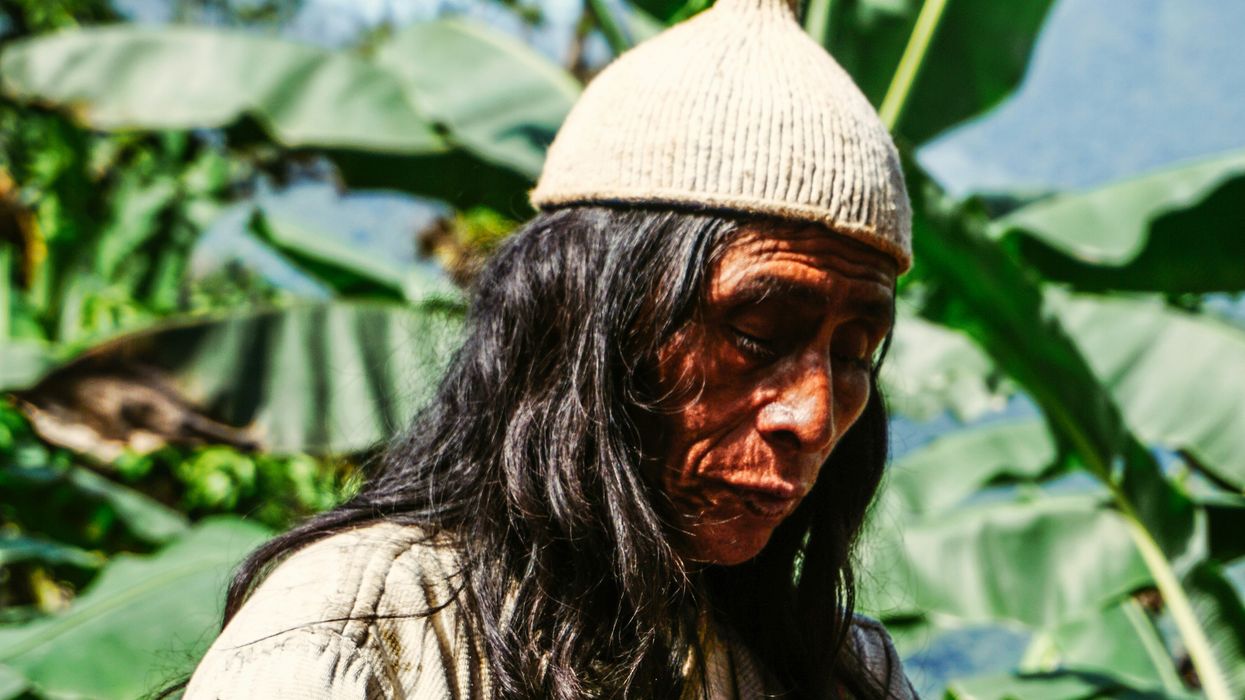

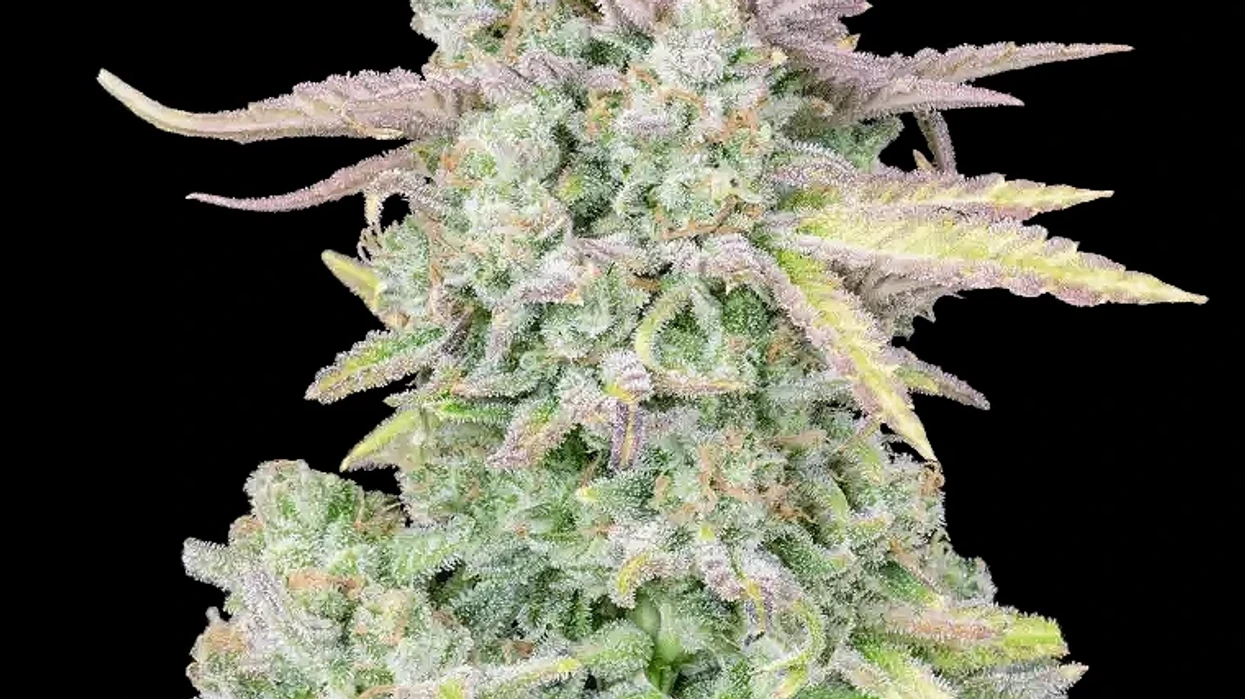
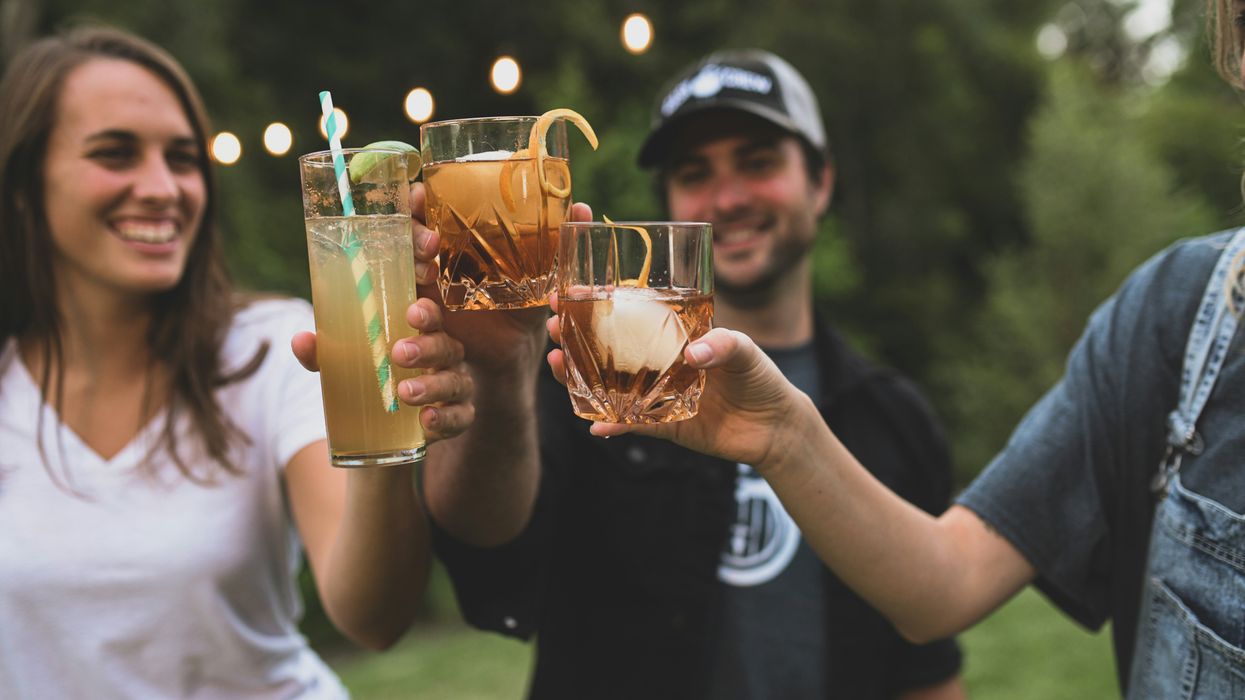


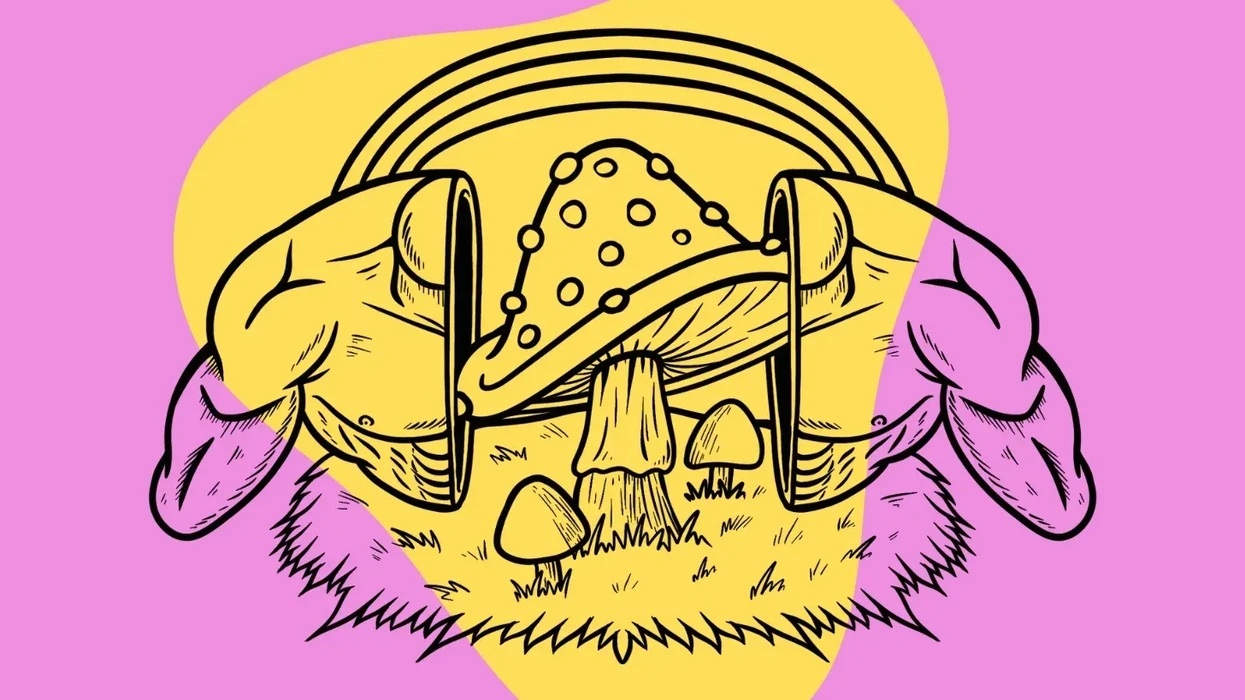
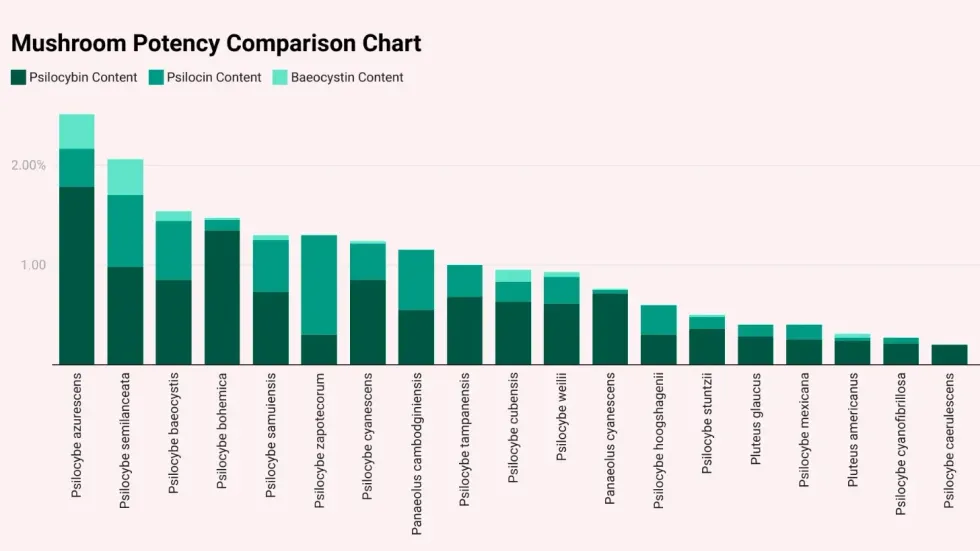 List of the strongest mushroom speciesTripsitter
List of the strongest mushroom speciesTripsitter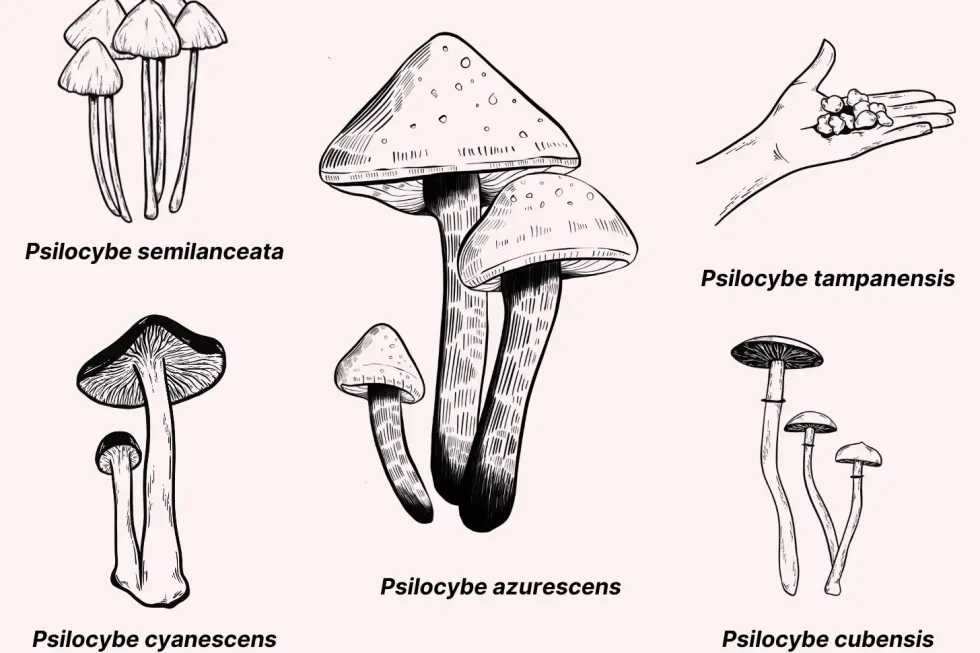 PsilocybeTripsitter
PsilocybeTripsitter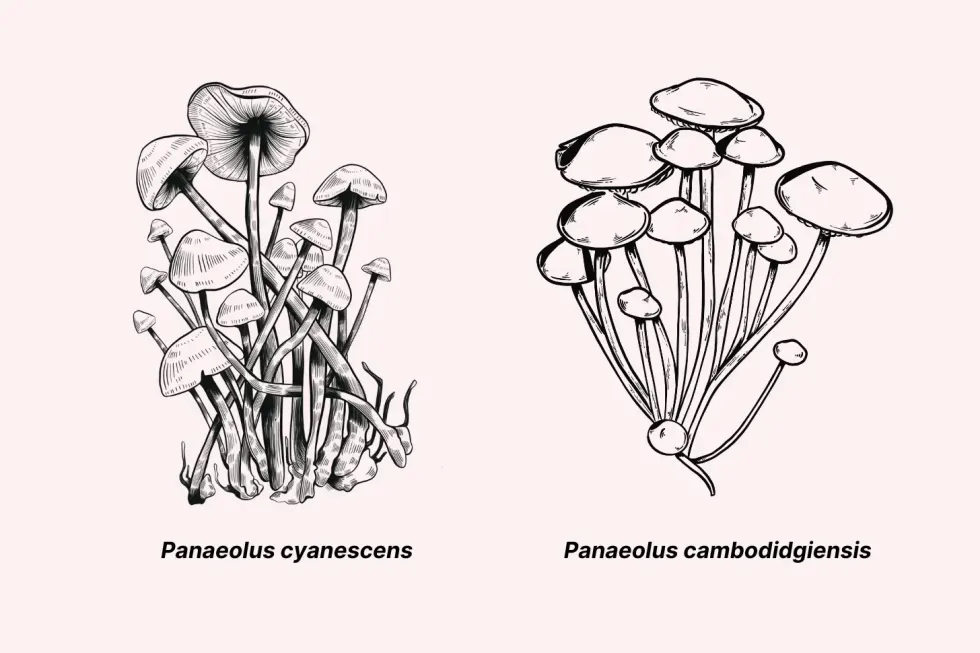 Panaeolus: This species contains (at least) 13 psychoactive members. They’re generally considered weaker than Psilocybe mushrooms and produce significantly lower yields when cultivated.Tripsitter
Panaeolus: This species contains (at least) 13 psychoactive members. They’re generally considered weaker than Psilocybe mushrooms and produce significantly lower yields when cultivated.Tripsitter List of the strongest magic mushroom strainsTripsitter
List of the strongest magic mushroom strainsTripsitter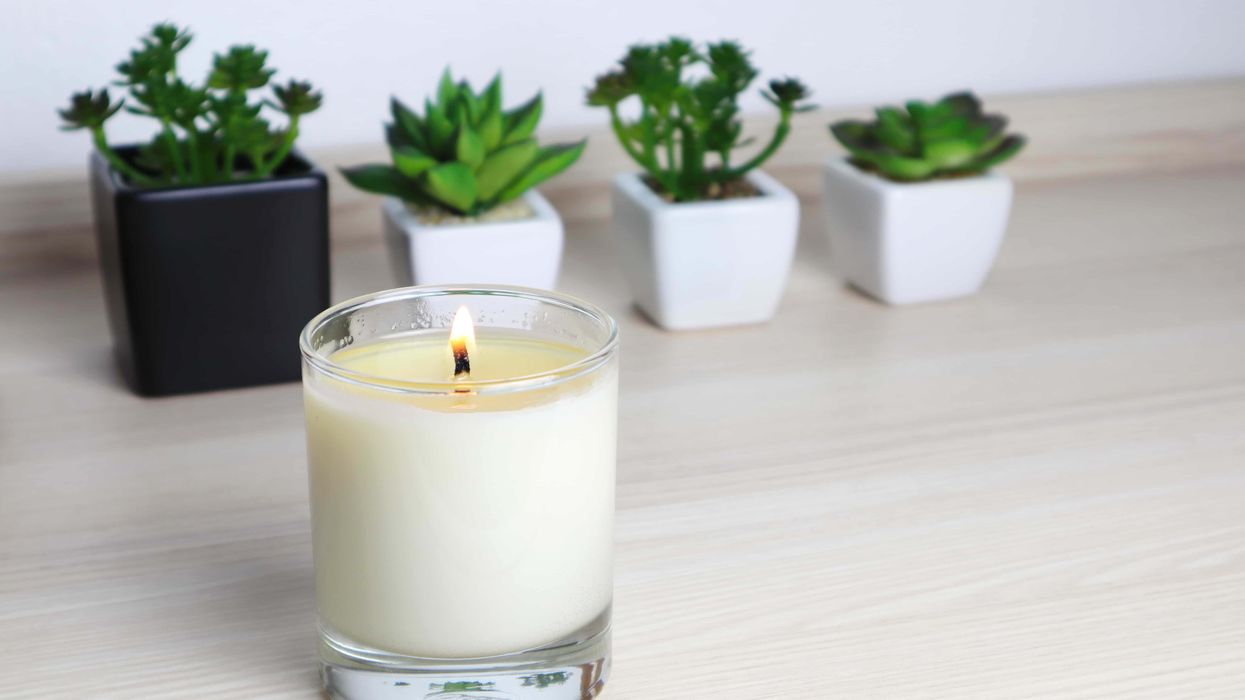
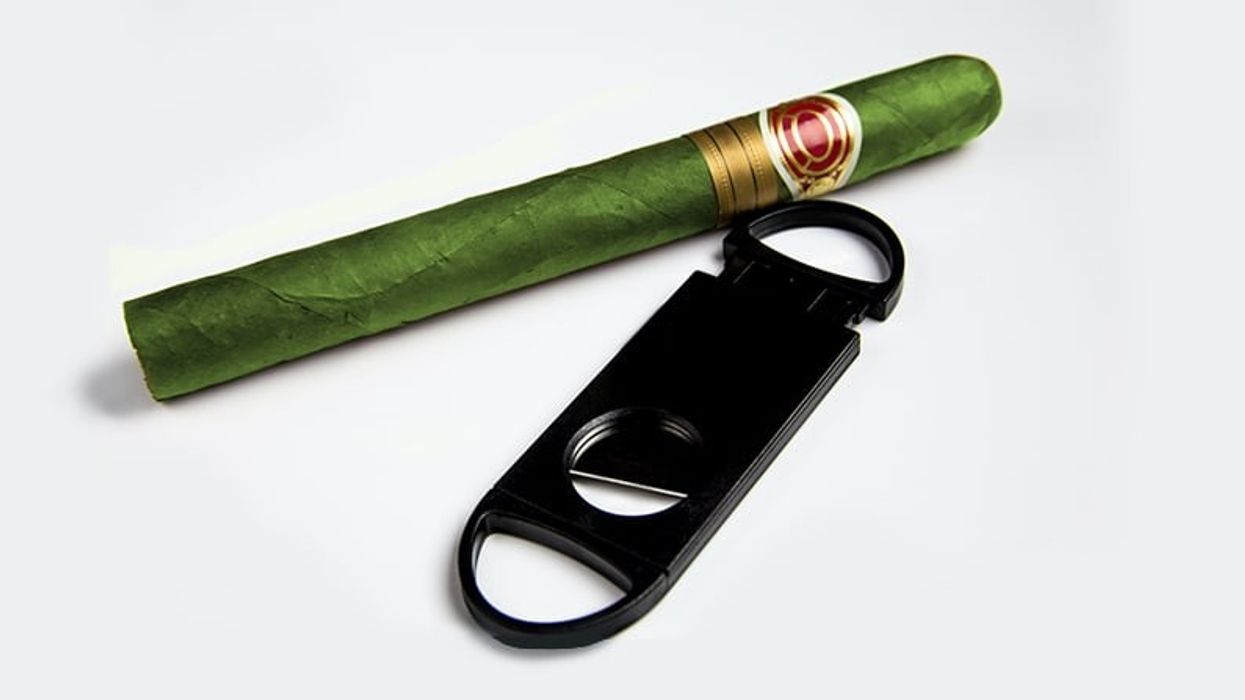
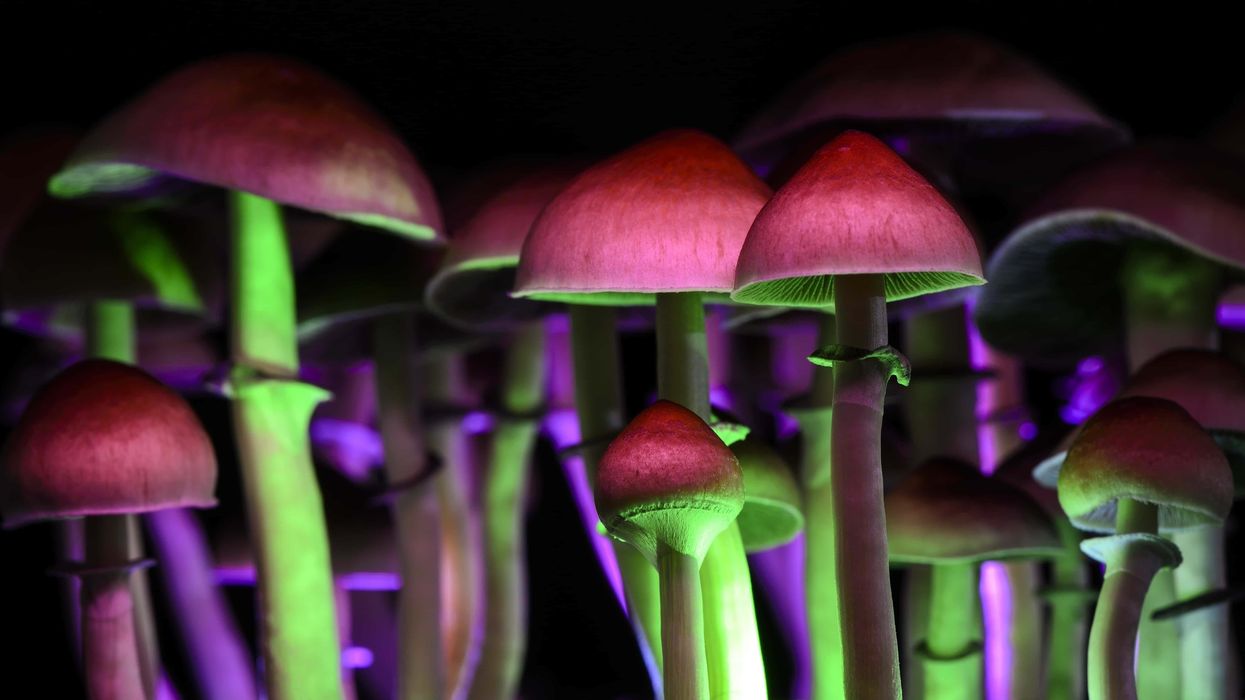
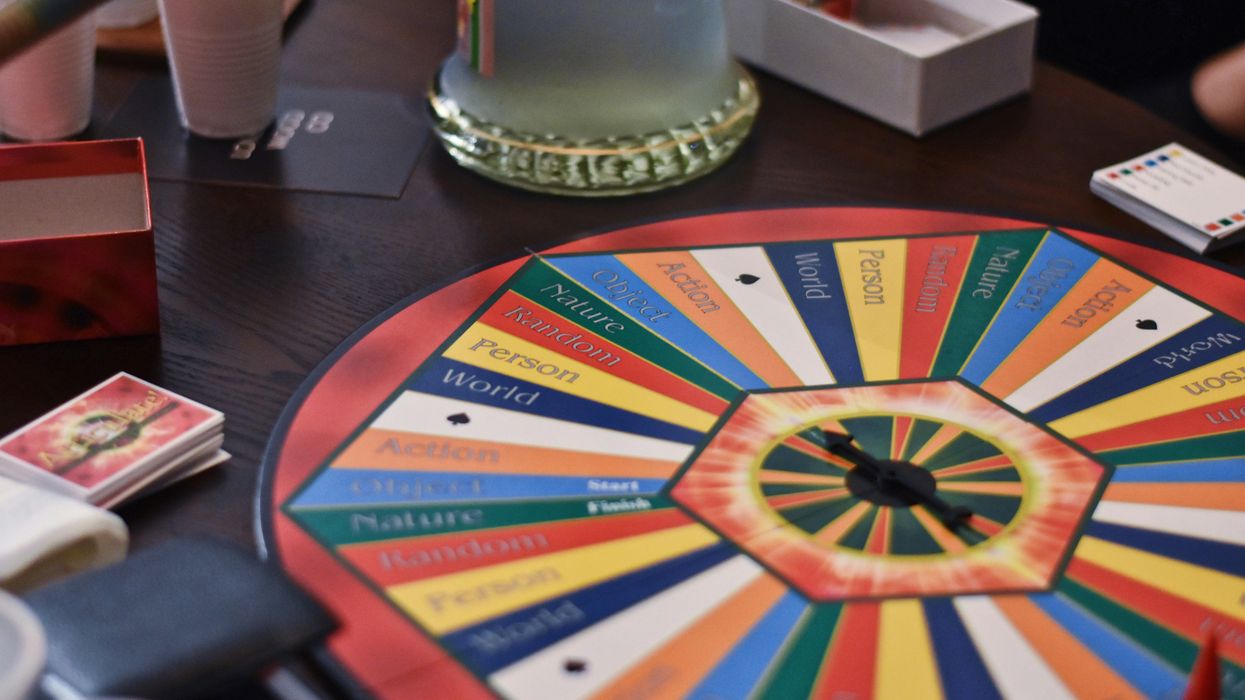
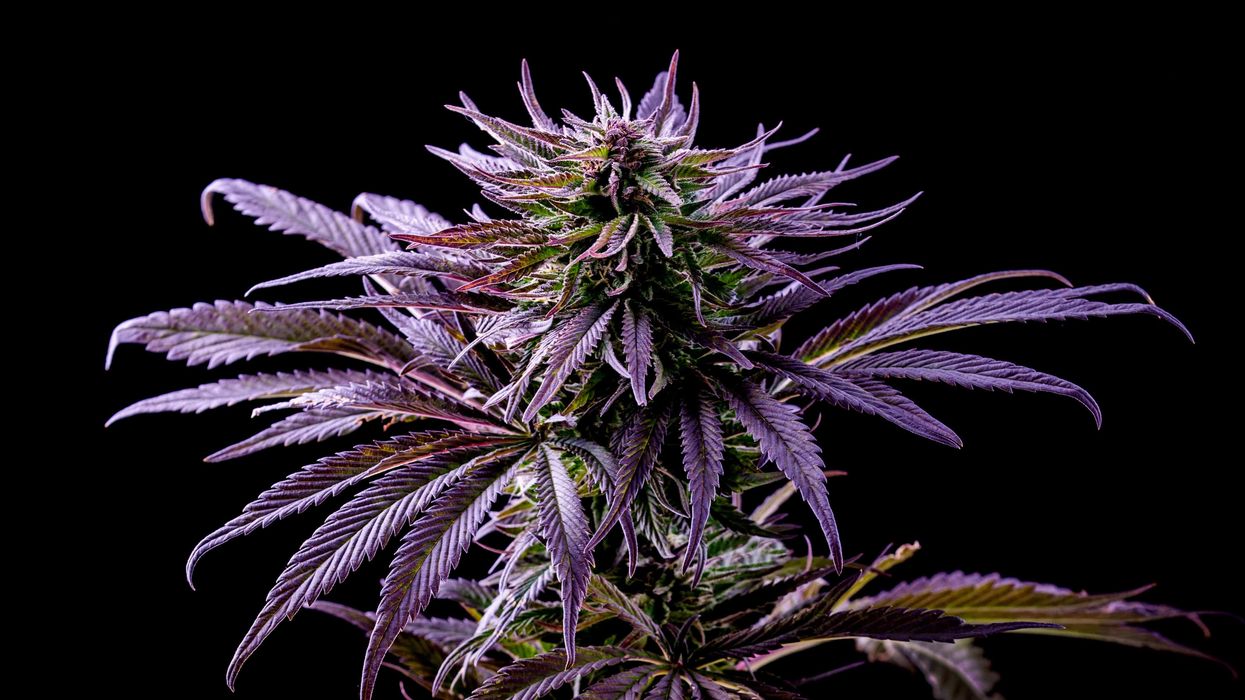
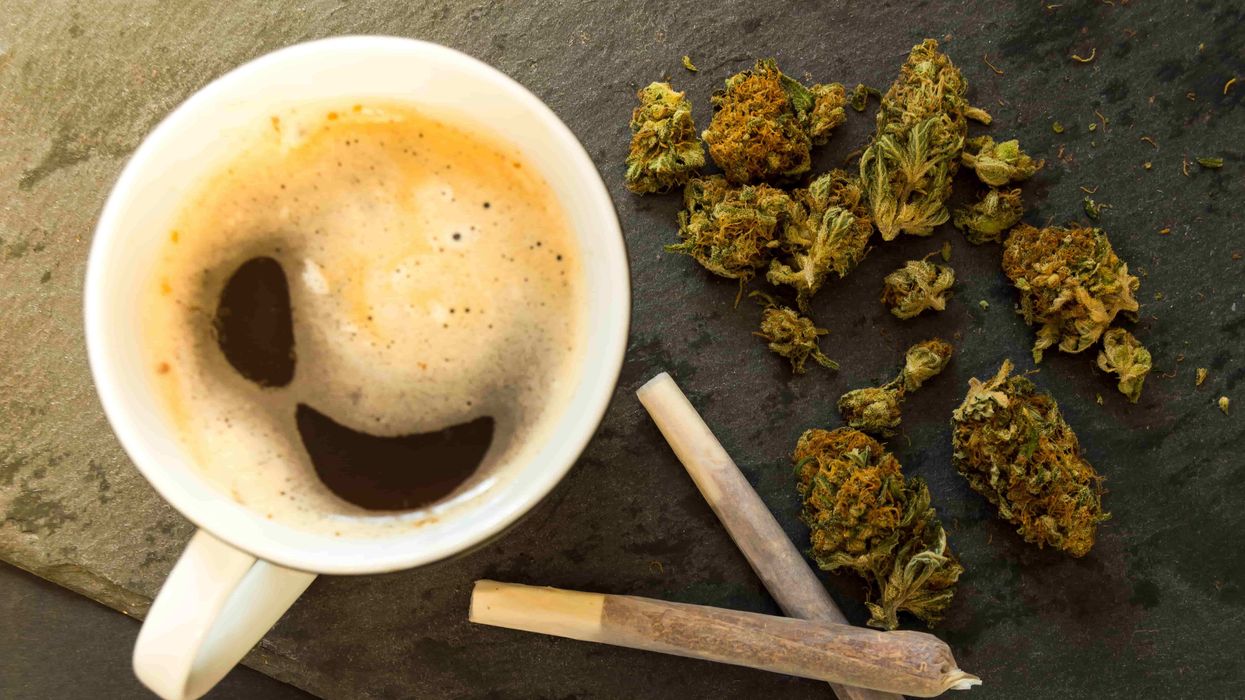
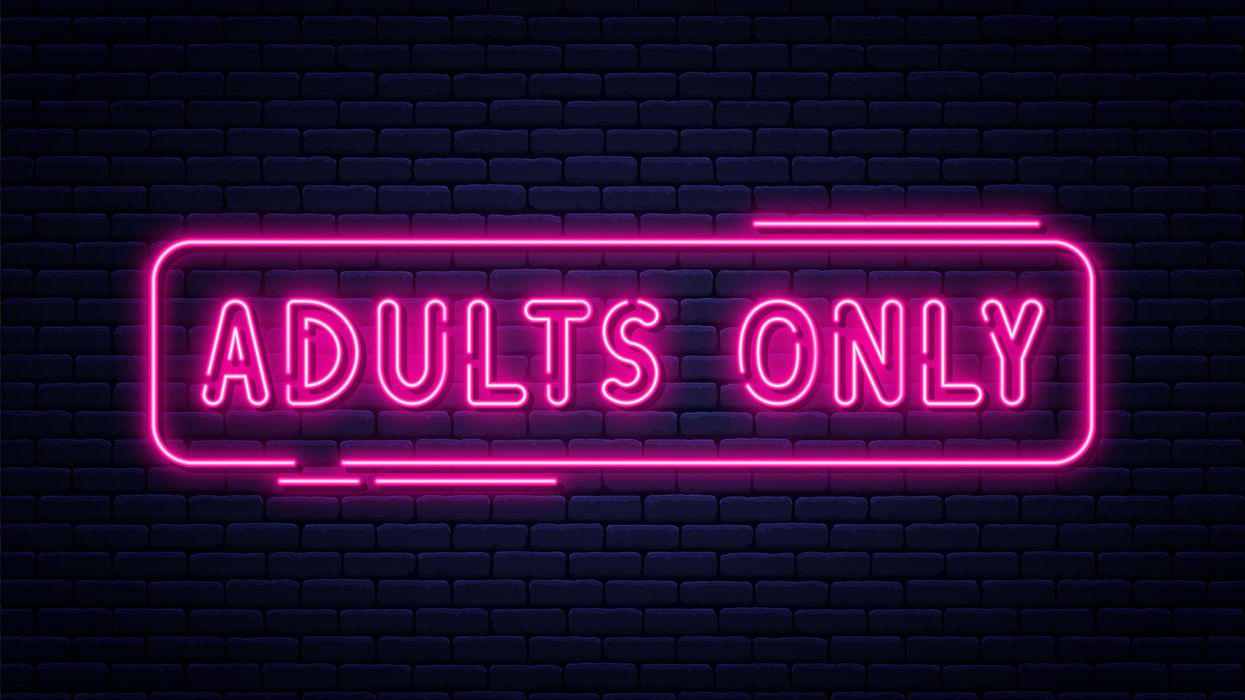
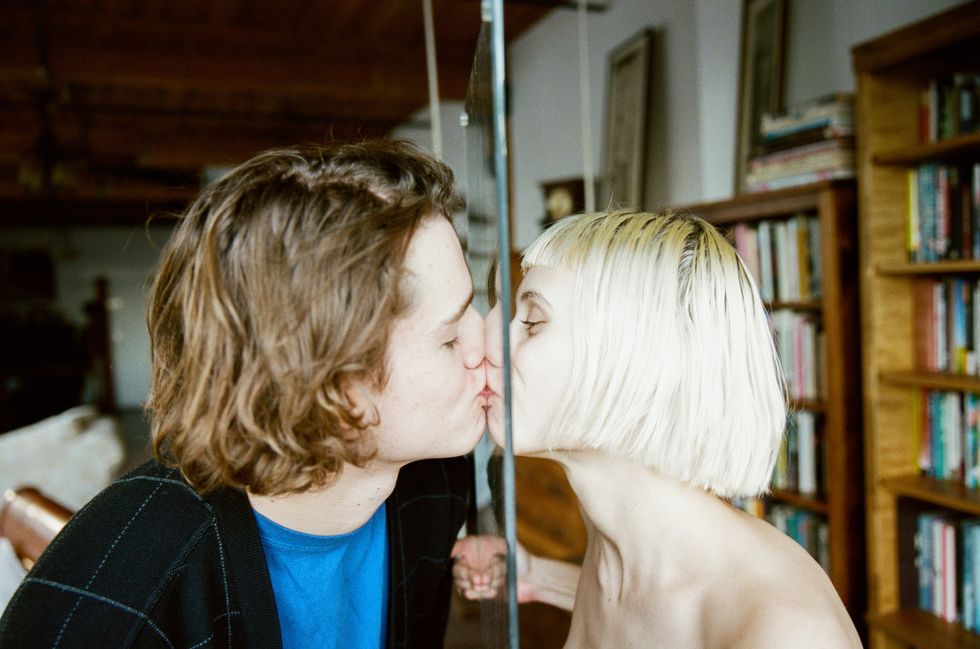


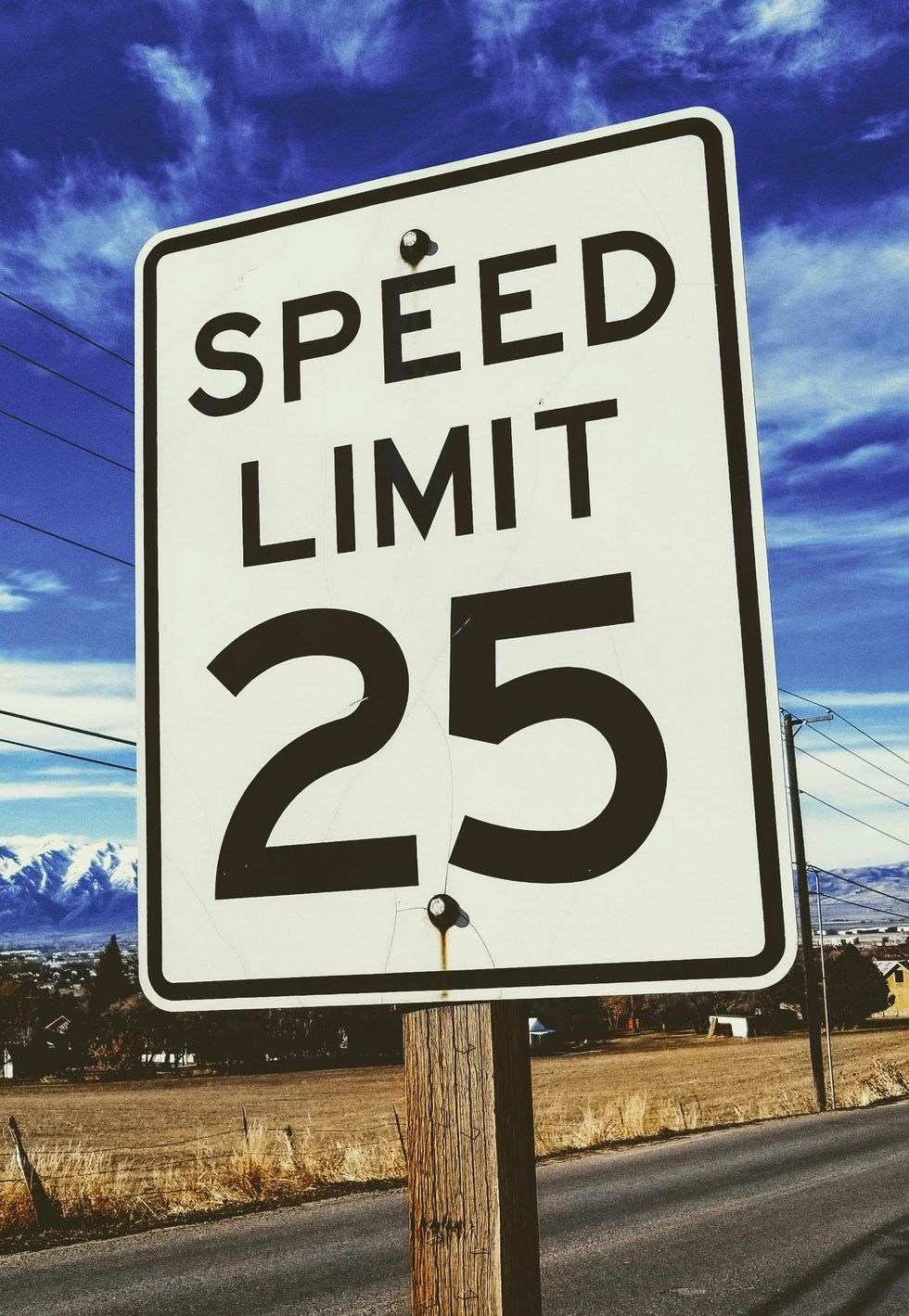


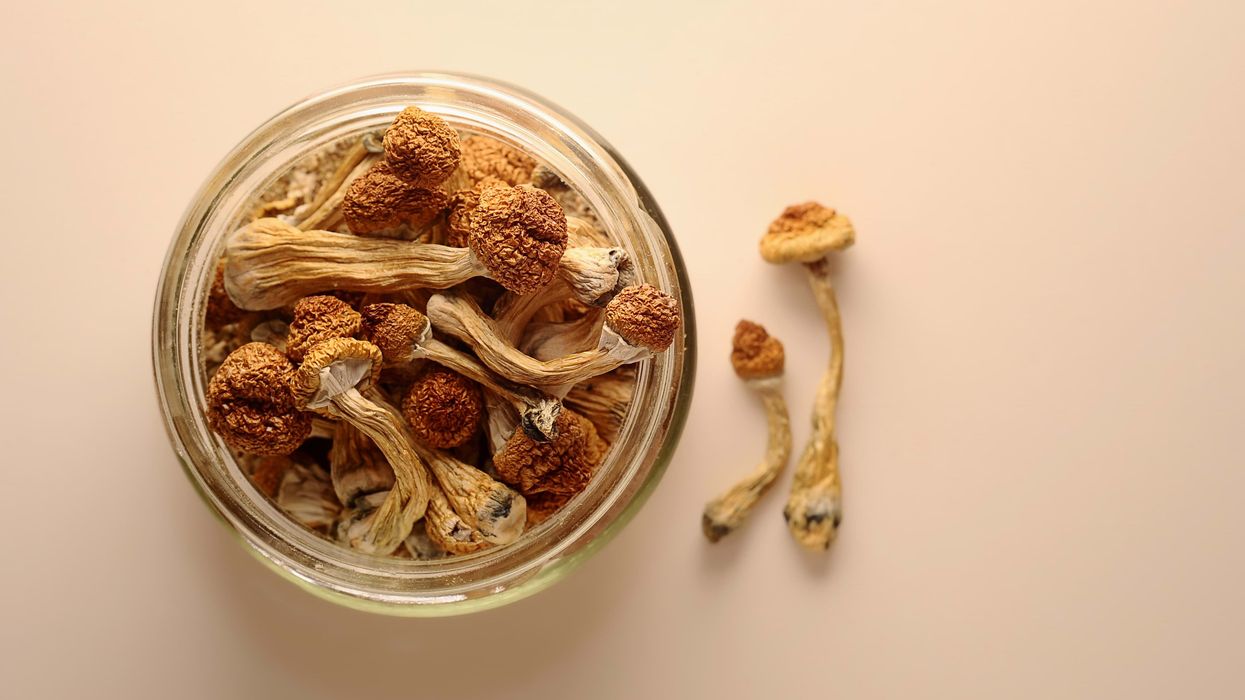
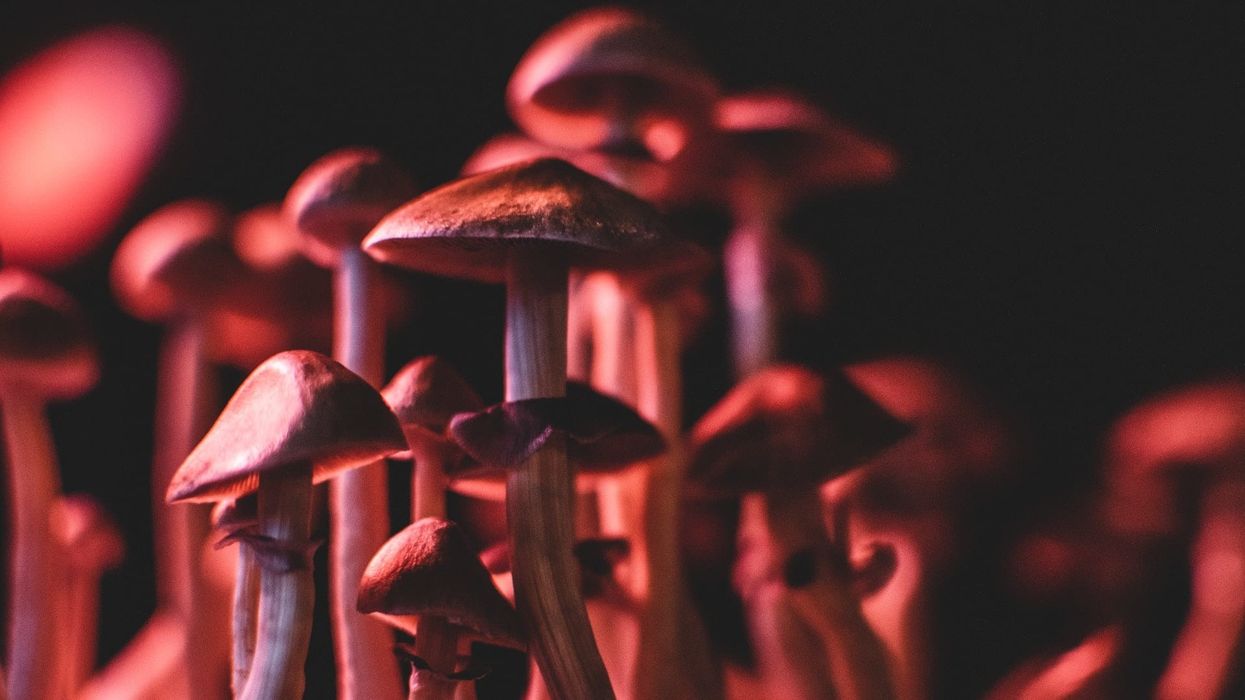
 How to Store Magic Mushrooms
How to Store Magic Mushrooms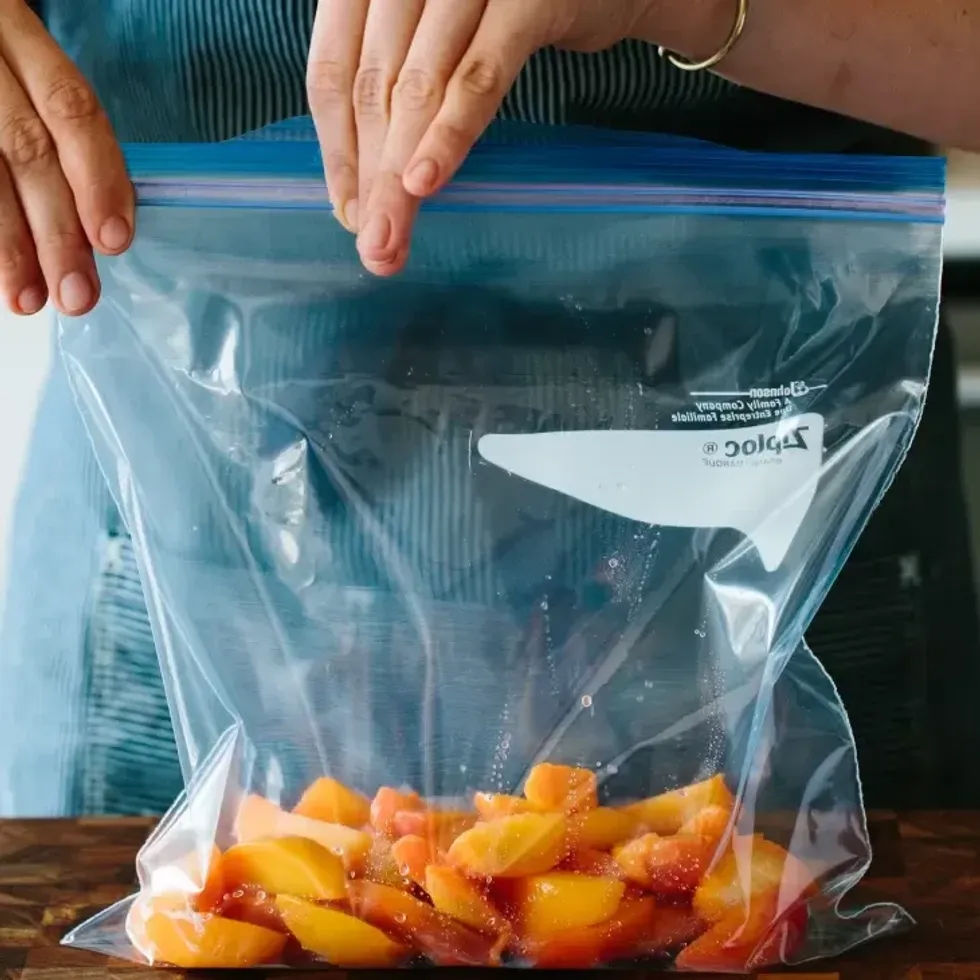 How to Store Magic Mushrooms
How to Store Magic Mushrooms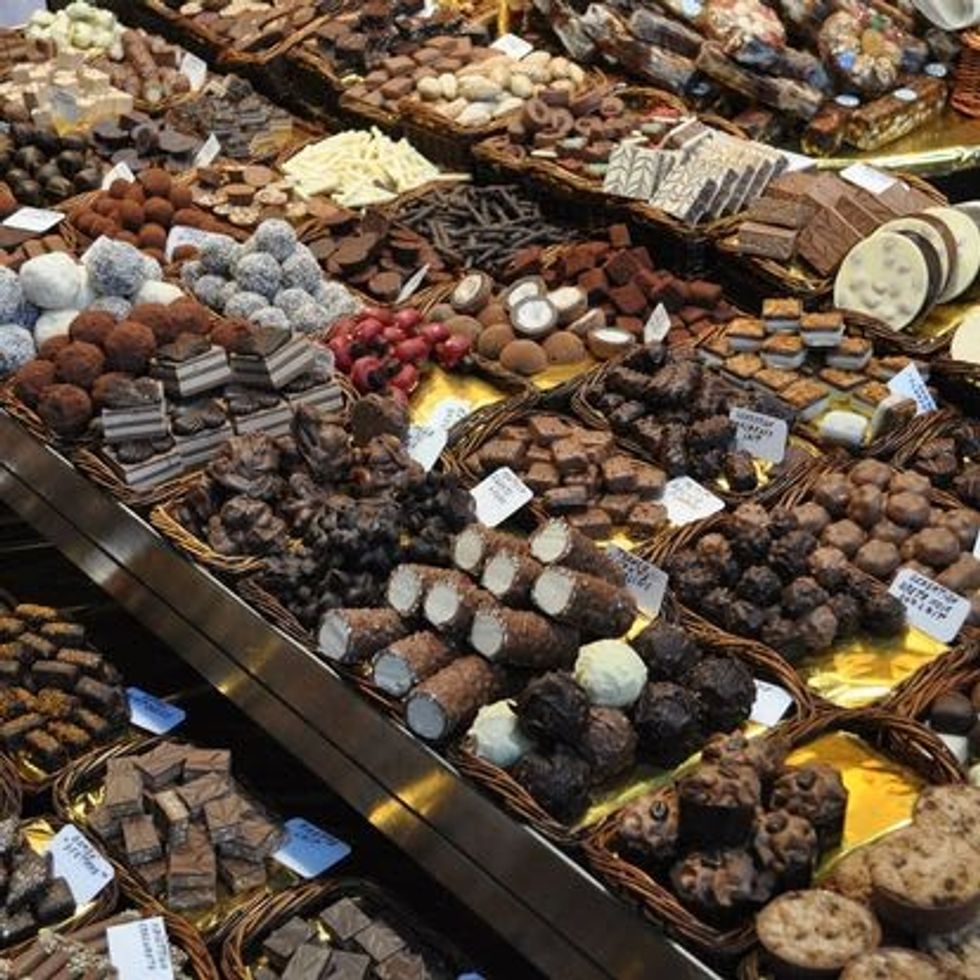 How to Store Magic Mushrooms
How to Store Magic Mushrooms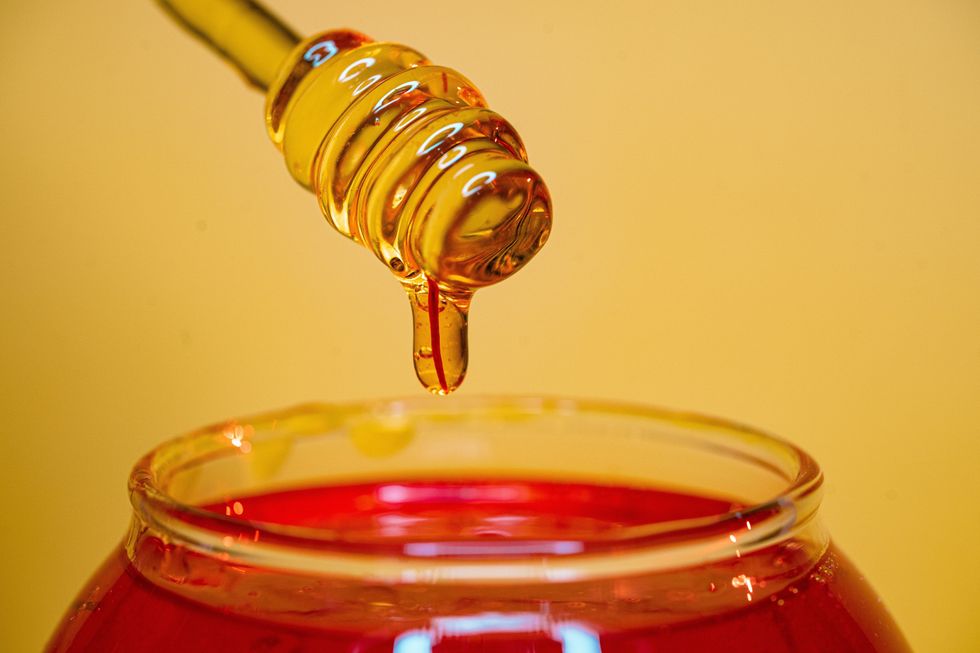 How to Store Magic Mushrooms
How to Store Magic Mushrooms How to Store Magic Mushrooms
How to Store Magic Mushrooms